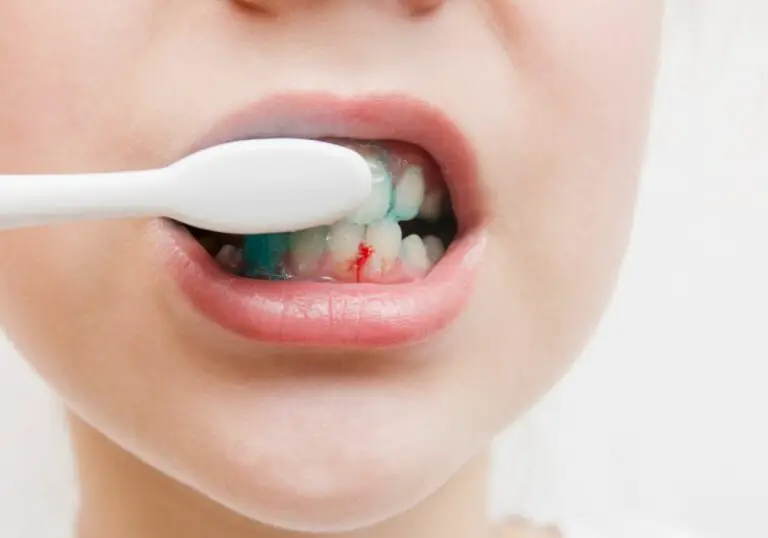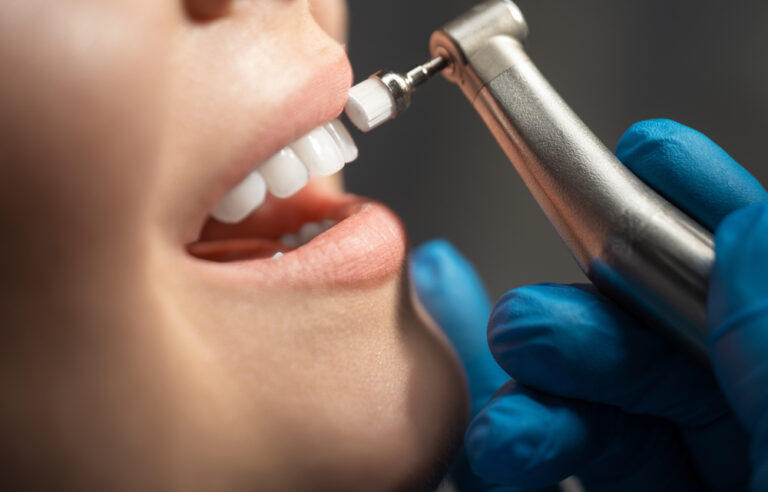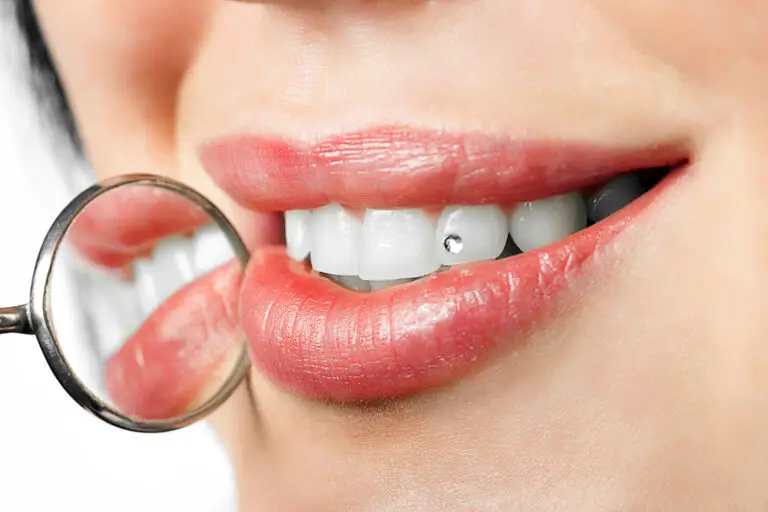Teeth can gradually drift out of position over time due to changes in the bone and gum tissue supporting them. But occasionally, tooth shifts can occur unexpectedly and rather quickly. This article explores the causes, implications, and treatment options for sudden tooth movement.
What Factors Influence Tooth Position?
Teeth are embedded in the upper and lower jaw bones and held in place by periodontal ligaments. Their positioning depends on a balance of forces between the cheeks, lips, tongue, bite, and bone. When those forces change, teeth may shift.
Bone Density
Bone undergoes remodeling throughout life. As people age, some bone density is lost which reduces support holding the tooth roots. This decreases stability and makes teeth more susceptible to positioning changes.
Diseases like osteoporosis can accelerate bone loss and increase likelihood of tooth movement. Certain medications also affect bone density, such as long-term steroid treatment or medications that block calcium absorption like gastric reflux drugs.
Periodontal Ligaments
The periodontal ligaments are elastic fibers surrounding tooth roots that allow for some physiological movement. Without this flexibility, bite forces would fracture the teeth. The fibers can stretch and relax, enabling tooth positions to adjust.
As the ligaments loosen naturally with aging or due to periodontal disease inflammation, teeth have greater mobility. Even mild inflammation early in gum disease widens the periodontal ligament space, permitting easy tooth drifting before bone loss even begins.
Dental Restorations
When old fillings or dental crowns are replaced, the new ones alter bite force distribution. Teeth may shift in an effort to reach a state of equilibrium again. Immediately after restoration adjustment, the potential for movement is highest.
Bridges, partial dentures, braces, retainers, and other dental appliances also impact the balance of forces on teeth, sometimes intentionally causing movement. This must be closely monitored by the dentist.
Habits and Behaviors
Oral habits can direct excess pressure on teeth contributing to gradual repositioning. Clenching, grinding, and chewing on hard objects like ice increase forces beyond normal functional levels.
Tongue thrusting against teeth or habits like thumb sucking create more constant force in one direction. This constant pressure over months and years pushes teeth out of place. Eliminating habits is key to stabilize teeth.
What Kinds of Sudden Tooth Shifts Occur?

While most tooth movement happens slowly over time, occasionally shifts can occur unexpectedly and rather quickly. Some examples include:
Orthodontic Movement
Braces and clear aligner trays incrementally move teeth during treatment. But there may be times when rapid progress is made with certain adjustments. Some people notice large changes in tooth positioning within a few weeks.
With clear aligner treatment particularly, switching to the next tray in the series may immediately shift several teeth noticeably. This is normal but can feel abrupt compared to the gradual progression most weeks.
Dental Restorations
Shortly after having a new filling, crown, veneer, bridge, or denture placed, the bite will feel different. The brain senses the change and triggers jaw muscle adjustments. This can cause teeth to shift as they seek a stable position in the modified force environment.
These shifts may be most apparent in the days and weeks immediately following dental work. But teeth often continue settling for months until reaching equilibrium again.
Injuries and Trauma
An impact to the teeth can strain the periodontal ligaments beyond their normal elastic limits. The affected teeth get loosened or even completely knocked out of position, resulting in a traumatic bite change.
Jaw fractures also frequently shift teeth due to the disruption of the bone stabilizing roots. Any dental injury should be evaluated promptly to reposition teeth before they begin moving further on their own.
Periodontal Disease Progression
Advanced gum disease causes both bone loss around teeth as well as ligament deterioration. This reduces support and allows teeth to drift and tip into spaces that open up.
In some cases, gum disease may progress rapidly, such as with unchecked diabetes compromising healing. Sudden increases in tooth mobility are possible when inflammatory disease quickly worsens.
Signs Teeth Are Shifting
Watch for these signs that your teeth alignment has changed:
- Different tooth contacts and bite feel when chewing
- Increased spaces visible between teeth
- Edge-to-edge front teeth changing to an overbite or open bite
- Tooth or teeth feeling loose without an injury
- Midline of teeth shifted off center
- Dental appliance like a retainer no longer fitting
- Tooth flaring or becoming more crooked
Sudden incremental tooth shifts may be easiest to identify right after braces or clear aligner treatment. But at any age, pay attention to changes in your bite and seek dental care promptly. Catching movement early makes correction much simpler.
Problems Caused by Sudden Tooth Shifts
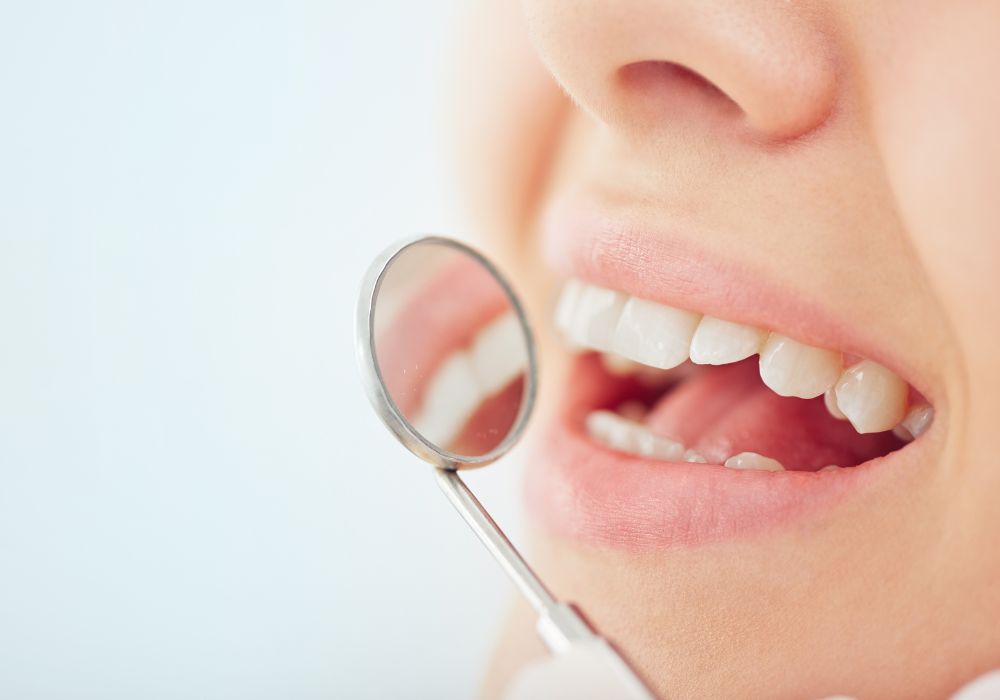
When teeth move out of position quickly, it can disrupt proper bite function. Issues that may arise include:
- Aesthetic changes – Smile appearance suffers from gaps or uneven teeth.
- Tooth damage – Abnormal bite forces increase risk of fracturing or chipping teeth.
- Joint issues – Jaw joint pain, popping, and tension arise from a poor bite.
- Chewing difficulty – Misaligned teeth make effective chewing tough.
- Speech issues – Spacing or occlusion changes interfere with normal speech.
- Additional shifting – Uncorrected movement allows more teeth to drift and worsen positioning.
- Gum disease – Spaces opening up allow more plaque accumulation and inflammation.
Seeking prompt treatment is recommended to prevent a quick tooth shift from turning into a progressively worsening orthodontic problem.
Options to Stabilize Teeth After Sudden Shifts
If you notice abrupt changes in your bite, there are ways to get teeth back into proper alignment:
Clear Aligner Therapy
Custom clear trays are an effective and discreet approach. A series of aligners are worn in progression to incrementally move teeth to ideal positions. Treatment often ranges from 6-18 months.
Traditional Braces
Braces apply light, constant pressure on teeth to guide them into alignment. Bracket and wire adjustments are made periodically over the course of treatment which averages 1-3 years.
Retainers
After teeth are straightened with orthodontic treatment, a retainer holds them in corrected positions. It may be recommended to wear retainers full-time then transition to nighttime only wear. Ongoing retention prevents teeth from shifting back.
Dental Restorations
Replacing defective fillings or dental work that has altered the bite can help stabilize teeth. Reshaping teeth with dental bonding may also minimize spaces allowing shift.
Habit Control
Stopping behaviors like tongue thrusting, teeth grinding, or chewing on hard items helps take damaging forces off teeth. Physical therapy can retrain oral muscle patterns. Nightguards protect from clenching and grinding during sleep.
Lifestyle Changes
Temporarily eating a soft food diet requires less chewing force during recovery from dental trauma. Limiting hard, chewy, sticky foods may also help while awaiting dental treatment.
Can Teeth Be Stabilized Without Intervention?
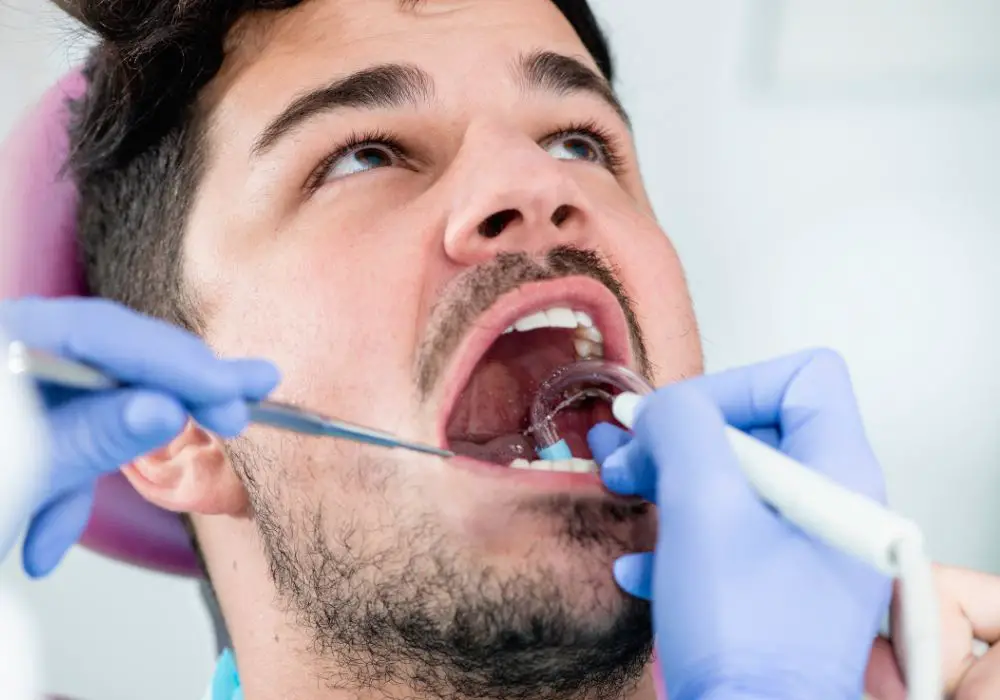
Teeth often continue shifting progressively worse if swift movement is not addressed. Eliminating contributing factors like oral habits may allow minor shifts to self-correct over time. But most cases require orthodontic intervention or bite adjustment to regain dental stability.
Leaving moderate to severe tooth movement alone raises the likelihood of escalating dental alignment problems, jaw joint issues, and risk of tooth fractures. Just a 1-2 millimeter gap left unmanaged tends to get larger, so it is prudent to consult your dentist about sudden bite changes sooner than later.
Maintaining Tooth Position Long-Term
While some degree of gradual tooth drifting is expected across decades, there are ways to minimize shifts and preserve your smile:
- Maintain excellent oral hygiene and treat gum disease to keep teeth tightly supported.
- Use custom athletic mouthguards to protect teeth from sports impacts.
- Wear an occlusal nightguard if you clench or grind your teeth.
- Get routine dental cleanings and exams to monitor for signs of bite changes.
- Follow your orthodontist’s recommendations for retainer wear as prescribed.
- Have broken or defective dental work promptly repaired to avoid bite force imbalances.
Stay alert to any apparent shifts in tooth contacts or positioning. Seeking dental advice quickly when changes arise can prevent more complex issues down the road. With proper care, your teeth can remain healthy, stable, and functional for life.
Frequently Asked Questions
How fast can teeth move on their own without orthodontics?
Typical natural tooth positioning changes without braces or aligners occur gradually over months to years. Influence from oral habits or forces may move teeth a millimeter or two annually. Severe gum disease can possibly allow faster shifting.
What is the recommended treatment if teeth shift after braces?
Most orthodontists suggest wearing retainers full-time for several months if teeth shift soon after braces. Further clear aligner or fixed retainer treatment may be advised to move teeth back and enhance stability.
Can Invisalign work if teeth shift?
Yes, clear aligners can effectively move teeth back into position even after shifts occur. Minor relapse may require only short refinement treatment. More significant movement may call for a longer comprehensive realignment series.
Is it an emergency if my tooth shifts position?
Sudden noticeable tooth movement does warrant prompt dental attention for evaluation, especially when accompanied by dental pain or injury. But this is not considered a dire emergency. Making an appointment quickly is recommended.
At what point is a shifted tooth considered unstable?
Moderate looseness of a tooth, such as being able to rock it back and forth by 1 millimeter or more, is considered unstable. This signals weakened bone and ligament support and the need for intervention to prevent progressive shifting.

